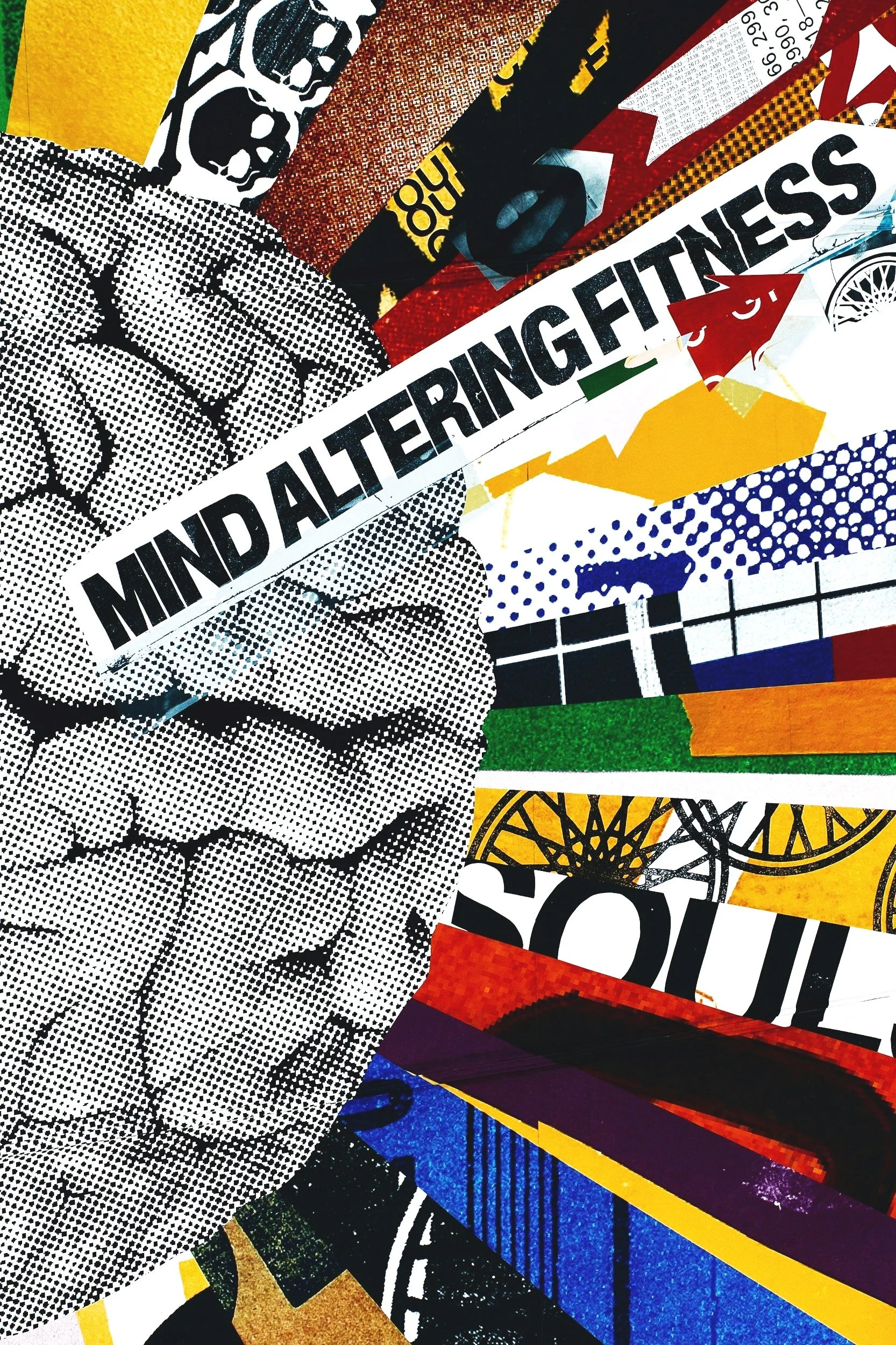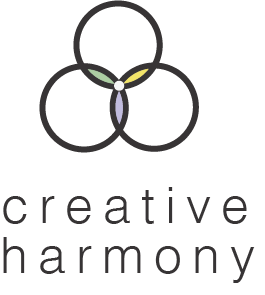Why Art Matters in Youth Education
Photo Credits : Tara-Mae Miller
Understanding Youth: A Complex and Dynamic Phase of Life
Youth is a fascinating time between childhood and adulthood. The United Nations defines youth as people aged 15 to 24, but this simple age range doesn’t fully capture what young people experience. Youth isn’t just about biology or age—it’s deeply shaped by culture, history, economic factors, and changing social expectations.
What Happens During Youth?
Psychologically, youth is when people start figuring out who they are and what they believe in. According to Erik Erikson’s well-known theory, teenagers face a key challenge called Identity vs. Role Confusion. They try out different values and roles to build a clear sense of self. If they succeed, they feel confident and sure of themselves; if not, they might feel lost or uncertain for years to come.
Photo Credits: Bjorn Pierre
Growing into adulthood means gradually taking on responsibilities like working, managing money, and forming close relationships. According to Daniel Levinson, early adulthood (roughly ages 17 to 45) is a transition period, where personal goals meet outside pressures. This shows adulthood isn’t a sudden “switch,” but a smooth, ongoing process that often overlaps with youth.
Sociologically, youth is a “liminal” time—meaning young people are no longer kids fully controlled by parents, but not quite independent adults either. This “in-between” phase encourages creativity, experimentation, and sometimes rebellion. It can be both a challenge and a source of social change. But youth experiences also depend a lot on access to education, jobs, and opportunities to participate in society. For marginalized groups, economic hardship or inequality can make growing up even harder.
What’s Going On Inside the Brain?
Biologically, the brain keeps developing well into the mid-20s. The prefrontal cortex, which helps with planning, decision-making, and managing emotions, is still maturing. Meanwhile, the limbic system, which processes emotions and rewards, is super active during adolescence, thanks to puberty’s hormonal changes. This mismatch can explain why teens take more risks—they are wired to seek excitement and quick rewards.
This “brain imbalance” isn’t just a challenge; it’s also an opportunity for educators. Knowing this, we can design learning experiences that channel teens’ energy and reward sensitivity in positive ways.
Art Matters in Youth Education
The brain during adolescence is like a high-speed computer, processing information quickly and making complex connections, but also more sensitive to stress. Art gives teens a safe way to manage their emotions and develop self-awareness. Photography, in particular, allows them to capture their perspective, reflect on their feelings, and connect with others.
As a teacher working with young people from different cultures, I see art—especially photography—as a powerful tool for growth. Hands-on, collaborative art projects help youth express emotions, explore their identity, and build social skills. Group photography, painting, videography, and mixed media projects encourage teamwork, problem-solving, and creativity.
Young Individuals on a summer photo-walk by the beach in Finland organised by Creative Harmony with Luiza, July, 2025 Photo Credits: Luiza Preda
Scientific research supports this - For example, studies show that art-based programs can improve both emotional well-being and academic performance. These creative experiences can also help young people build resilience, especially important because half of all mental health issues start by age 14 and three-quarters by age 24 (Giedd, 2015).
What This Means For Teachers
Understanding youth development isn’t just helpful—it’s a professional must. Knowing where students are emotionally, cognitively, and socially lets teacher design lessons that fit their needs. For example, in Creative Harmony with Luiza, the approach is to create learning environments where emotional regulation, curiosity, and self-expression are central. The workshops are courses are usually organised as group projects and real-world tasks rooted in art-based practices to support both self-development, emotional growth, as well as theoretical art basics.
It is also important to mention that for young people facing economic or social barriers, art offers a softer, more inclusive path toward adulthood. This is especially true for youth from international or migrant backgrounds, who may struggle with identity, belonging, or adapting to a new culture.
Creative expression through art helps them find their voice, reflect on who they are, and build confidence—especially when dealing with challenges like cultural disconnection, self-image struggles, or family-related difficulties. In these situations, art becomes a gentle yet powerful tool for processing emotions and reclaiming a sense of agency.
Final Thoughts
Learning about youth development has changed how I see education. Teaching isn’t just about delivering facts; it’s about supporting a journey of growth—emotional, physical, cognitive, and social. The more I understand my students’ developmental stages, the more I can respond with empathy, creativity, and professionalism.
Art and photography aren’t just skills to teach—they are bridges that help young people explore themselves and the world, fostering resilience and hope.
If you want, I can help you add simple photography exercises or art ideas that work well for teens, too! Check Creative Harmony with Luiza and see how.
References
Egana-delSol, P. (2023). The impacts of a high-school art-based program on academic achievements, creativity, and creative behaviors. npj Science of Learning, 8, Article 31. https://doi.org/10.1038/s41539-023-00187-6
Erikson, E. H. (1963). Childhood and society. W. W. Norton & Company.
Henze, V. (2014). Improving future(s): Youth imagery as representations of the political cultures in Sweden and Poland (Nordeuropäische Studien 25). Berliner Wissenschafts-Verlag.
Lally, M., & Valentine-French, S. (2019). Lifespan development: A psychological perspective. College of Lake County.
Levinson, D. J. (1986). A conception of adult development. American Psychologist, 41(1), 3–13. https://doi.org/10.1037/0003-066X.41.1.3
McLeod, S. (2018). Erik Erikson’s theory of psychosocial development. Simply Psychology. https://www.simplypsychology.org/erik-erikson.html
Plante, I., de la Sablonnière, R., Aronson, J., & Théorêt, M. (2013). Gender stereotypes and teacher expectations. Social Psychology of Education, 16(3), 329–342. https://doi.org/10.1007/s11218-013-9225-2
Giedd, J. N. (2015). The amazing teen brain. Scientific American, 312(6), 32–37. https://doi.org/10.1038/scientificamerican0615-32
Psychology Discussion. (n.d.). Levinson’s theory: Stages of adult life – Human development | Psychology. https://www.psychologydiscussion.net/theory/levinsons-theory/levinsons-theory-stages-of-adult-life-human-development-psychology/13594
Retelsdorf, J., Schwartz, K., & Asbrock, F. (2015). Michael or Michelle? Teachers’ gender stereotypes and students’ reading self-concept. Journal of Educational Psychology, 107(3), 632–641. https://doi.org/10.1037/edu0000016
Schäfer, I. (Ed.). (2015). Youth, revolt, recognition: The young generation during and after the “Arab Spring”. Barbara Budrich.
United Nations. (n.d.). Youth. https://www.un.org/en/global-issues/youth




